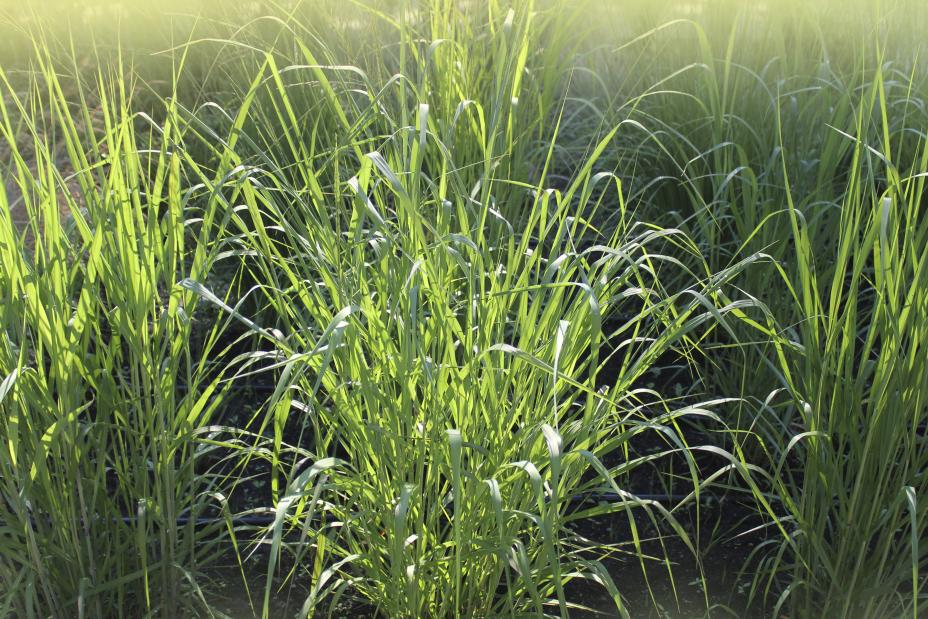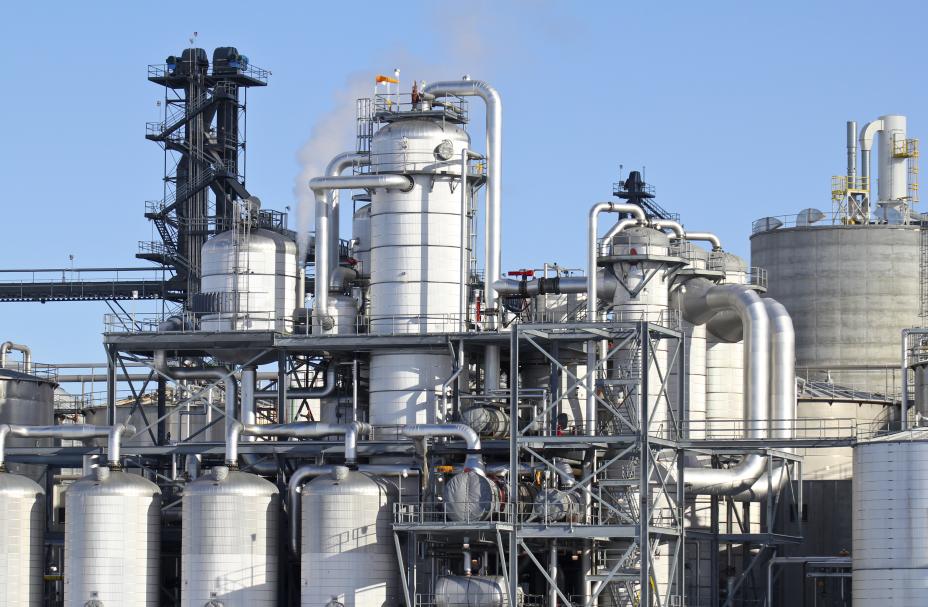What is a Fuel Pathway?
A renewable fuel pathway includes three critical components: (1) feedstock, (2) production process and (3) fuel type. Each combination of the three components is a separate fuel pathway. Qualifying fuel pathways are assigned one or more D codes representing the type of Renewable Identification Number (RIN) (i.e., renewable fuel, advanced biofuel, biomass-based diesel, cellulosic biofuel or cellulosic diesel) they are eligible to generate. Click here for a definition of RIN.
Click on the links below for more details:

Feedstock
A feedstock is a type of renewable biomass that is converted into a renewable fuel.

Production Process
The production process is the type(s) of technology used to convert renewable biomass into renewable fuel.

Fuel
Renewable fuels include liquid and gaseous fuels and electricity derived from renewable biomass energy sources. To qualify for the RFS program, the fuel must be intended for use as transportation fuel, heating oil or jet fuel.
Feedstock
- What it is: A type of renewable biomass that is converted into a renewable fuel.
- Examples: Corn starch, soybean oil, switchgrass and landfill biogas.
- When multiple feedstocks are comingled and converted to renewable fuel together (even though each could be processed independently to make the same type of fuel, for example corn starch and grain sorghum starch processed at the same time to make ethanol), EPA evaluates these feedstocks separately when calculating the lifecycle greenhouse gas emissions for a fuel pathway.
Production Process
- What it is: The type(s) of technology used to convert renewable biomass into renewable fuel.
- Examples: Hydrotreating, gasification and upgrading, and transesterification using natural gas or biomass for process energy.
- EPA's lifecycle greenhouse gas analyses include evaluation of all of the process energy and materials used in a production process (i.e., emissions from the storage and handling of the feedstock, as well as the production, storage and handling of the fuel and co-products).
- EPA may restrict the production process based on what types of process energy it uses.
Fuel Type
- What it is: Renewable fuels include liquid and gaseous fuels and electricity derived from renewable biomass energy sources. To qualify for the RFS program, the fuel must be intended for use as transportation fuel, heating oil or jet fuel.
- Examples: Ethanol, biodiesel, cellulosic diesel and compressed natural gas and electricity from renewable biomass.
- EPA's lifecycle greenhouse gas analyses include evaluation of all of the process energy and materials used in a production process (i.e., emissions from the storage and handling of the feedstock, as well as the production, storage and handling of the fuel and co-products).
- EPA evaluates the lifecycle greenhouse gas emissions of finished fuels that do not require further chemical alteration to be used for their final purpose.
- A fuel type may be considered a finished fuel if it is blended with another fuel but not chemically altered. For example, EPA evaluates undenatured ethanol as a fuel type, even though it is blended with denaturant and gasoline before it is used as a transportation fuel.
Renewable Identification Number (RIN) Renewable Fuel Category (D-Code)
By statute, the RFS program includes four categories of renewable fuel, each with specific fuel pathway requirements and RIN D-Codes:
- Advanced Biofuel (D-code 5)
- Can be made from any type of renewable biomass except corn starch ethanol.
- Must reduce lifecycle greenhouse gas emissions by at least 50%; compared to the petroleum baseline.
- Biomass-based Diesel (D-Code 4)
- Examples include biodiesel and renewable diesel.
- Must reduce lifecycle greenhouse gas emissions by at least 50%; compared to the diesel baseline.
- Cellulosic Biofuel (D-Code 3 or D-Code 7)
- Renewable fuel produced from cellulose, hemicellulose or lignin.
- To be eligible for D-Code 7 RINs the fuel must be cellulosic diesel.
- Must reduce lifecycle greenhouse gas emissions by at least 60%; compared to the petroleum baseline.
- Renewable Fuel (D-Code 6)
- Includes ethanol derived from corn starch, or any other qualifying renewable fuel.
- Fuel produced in new facilities or new capacity expansions (commenced constructed after December 19, 2007) must reduce lifecycle greenhouse gas emissions by at least 20%; compared to the average 2005 petroleum baseline.
